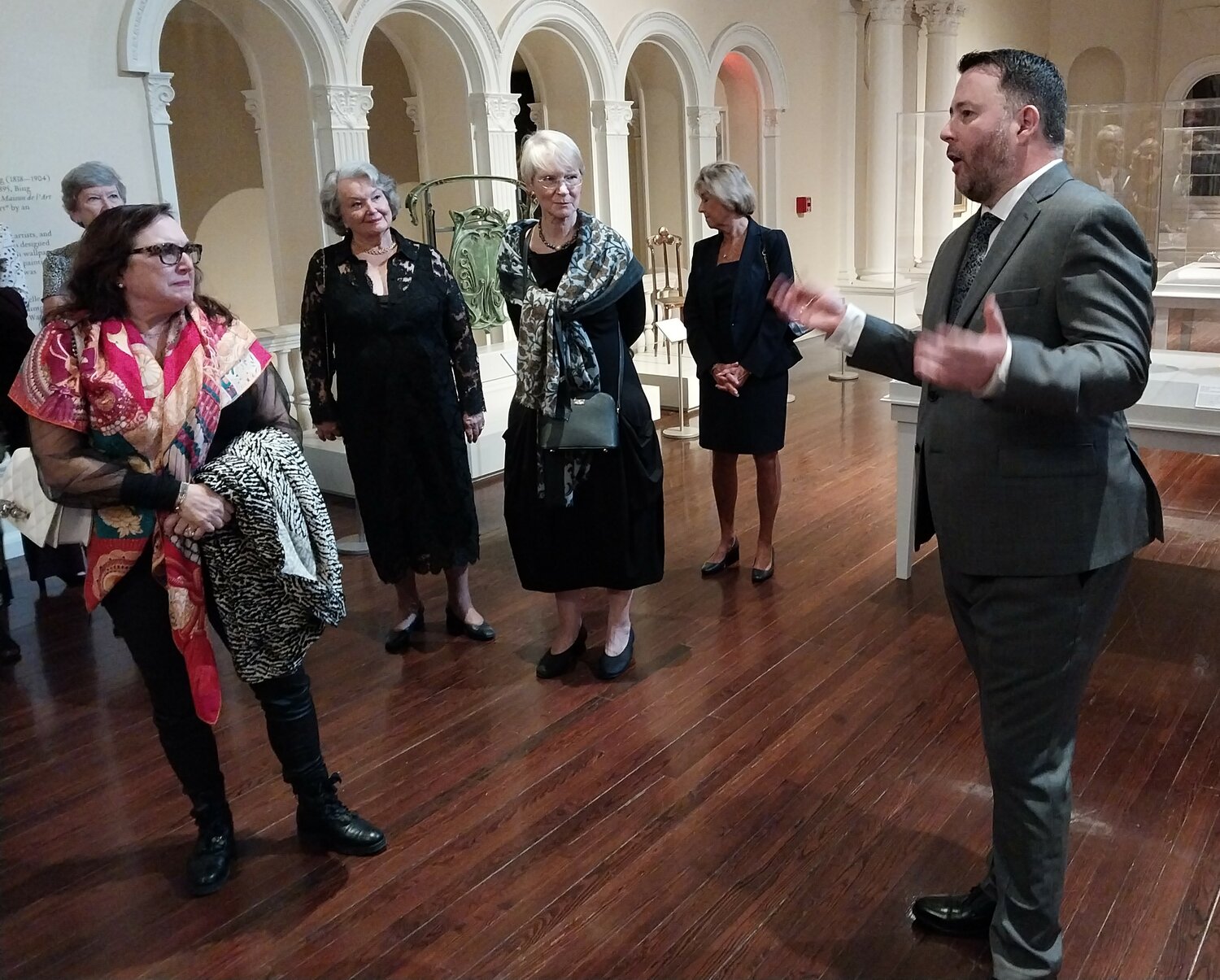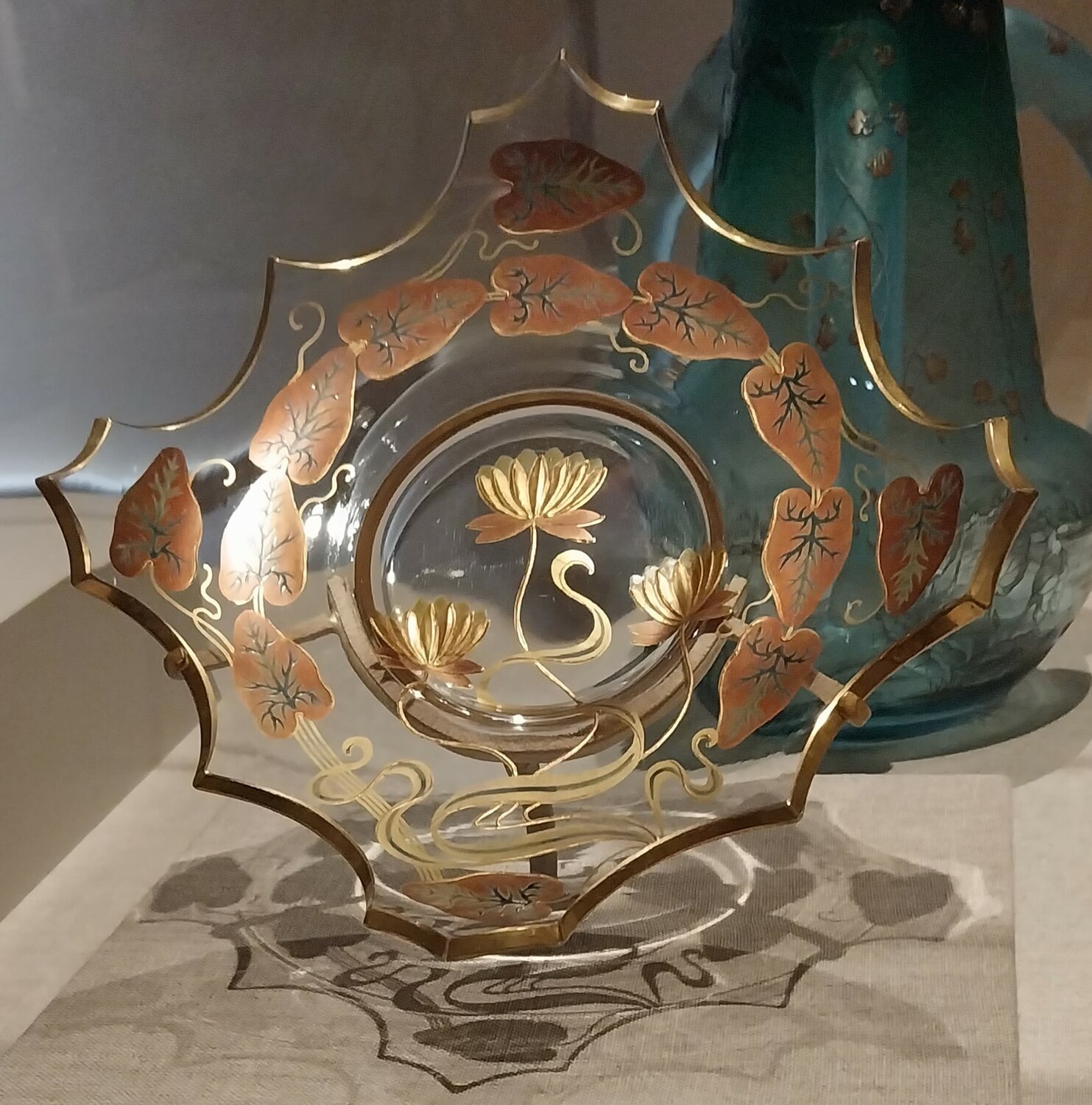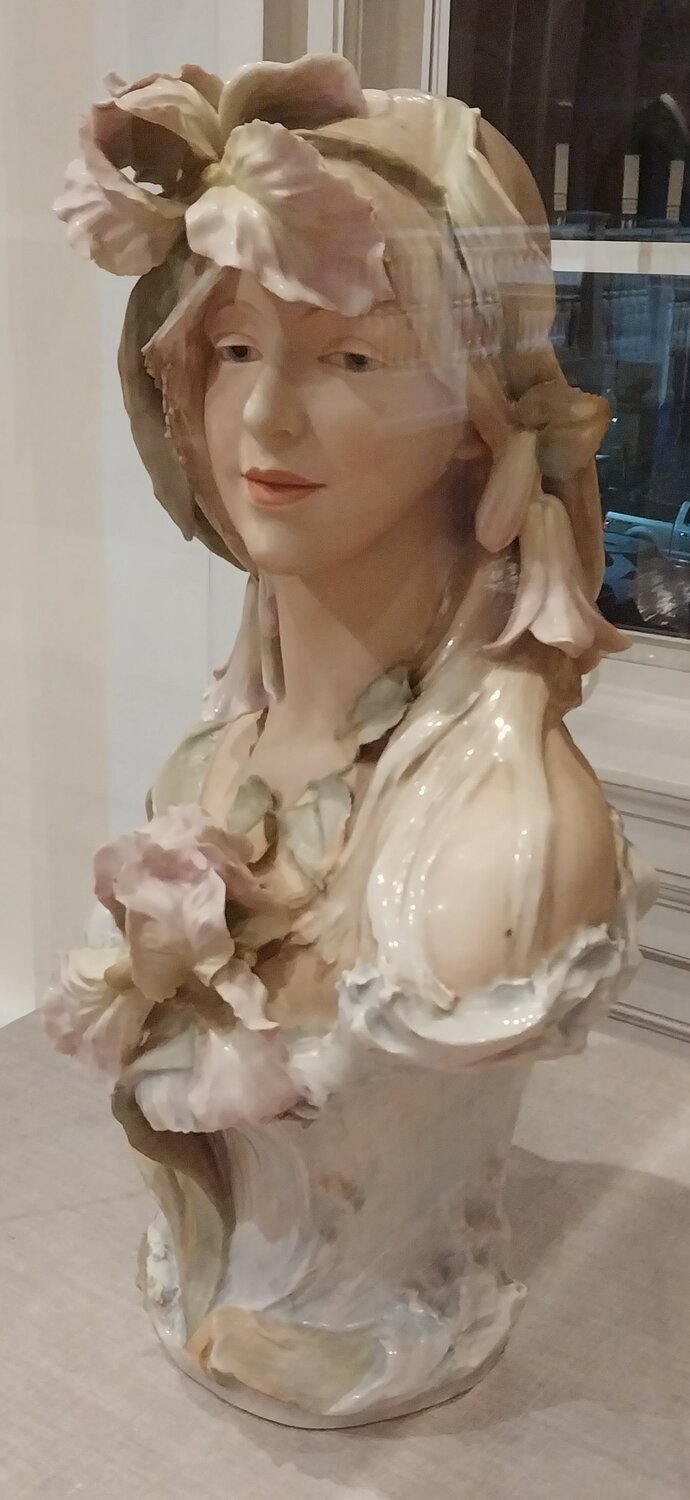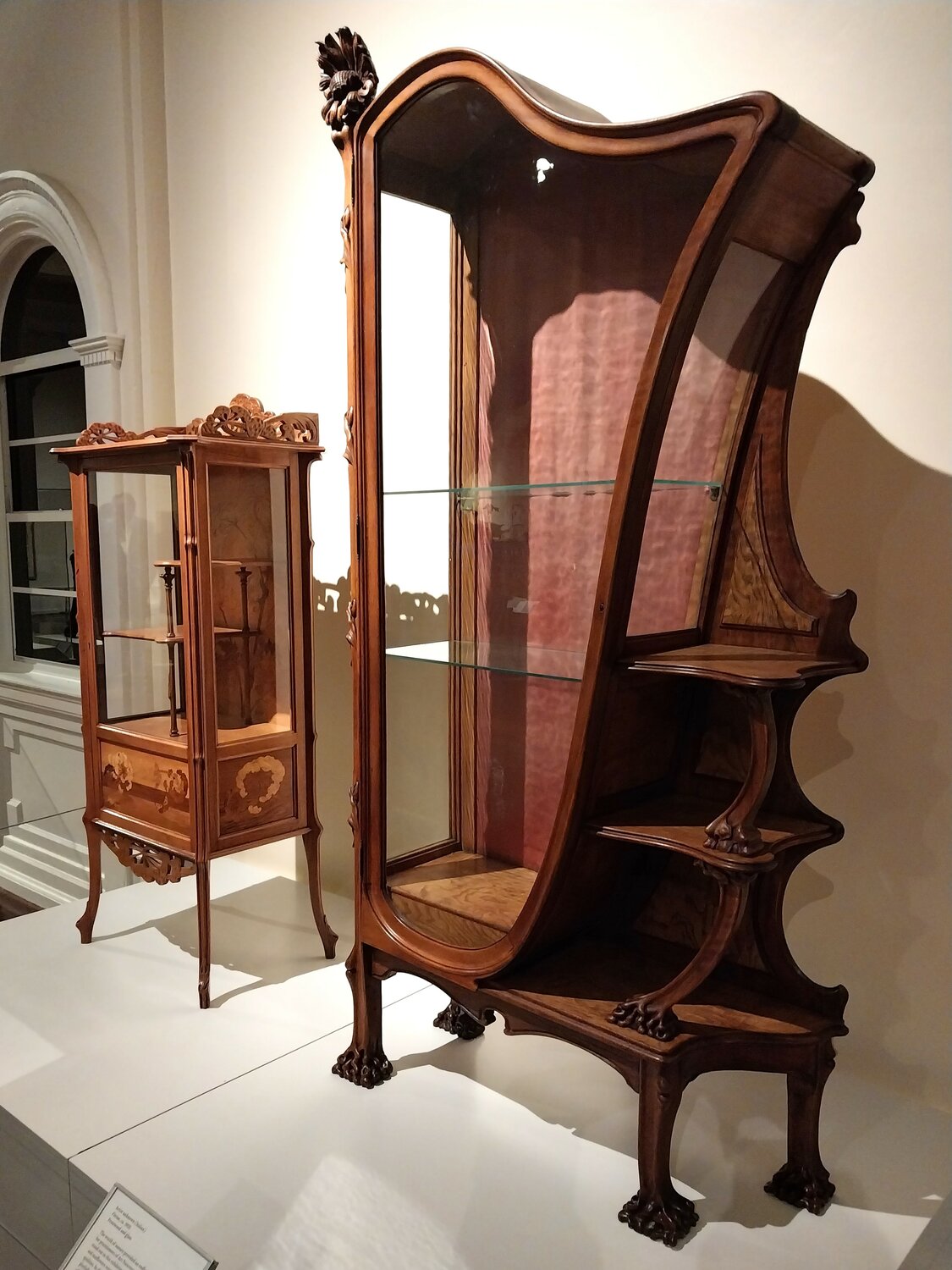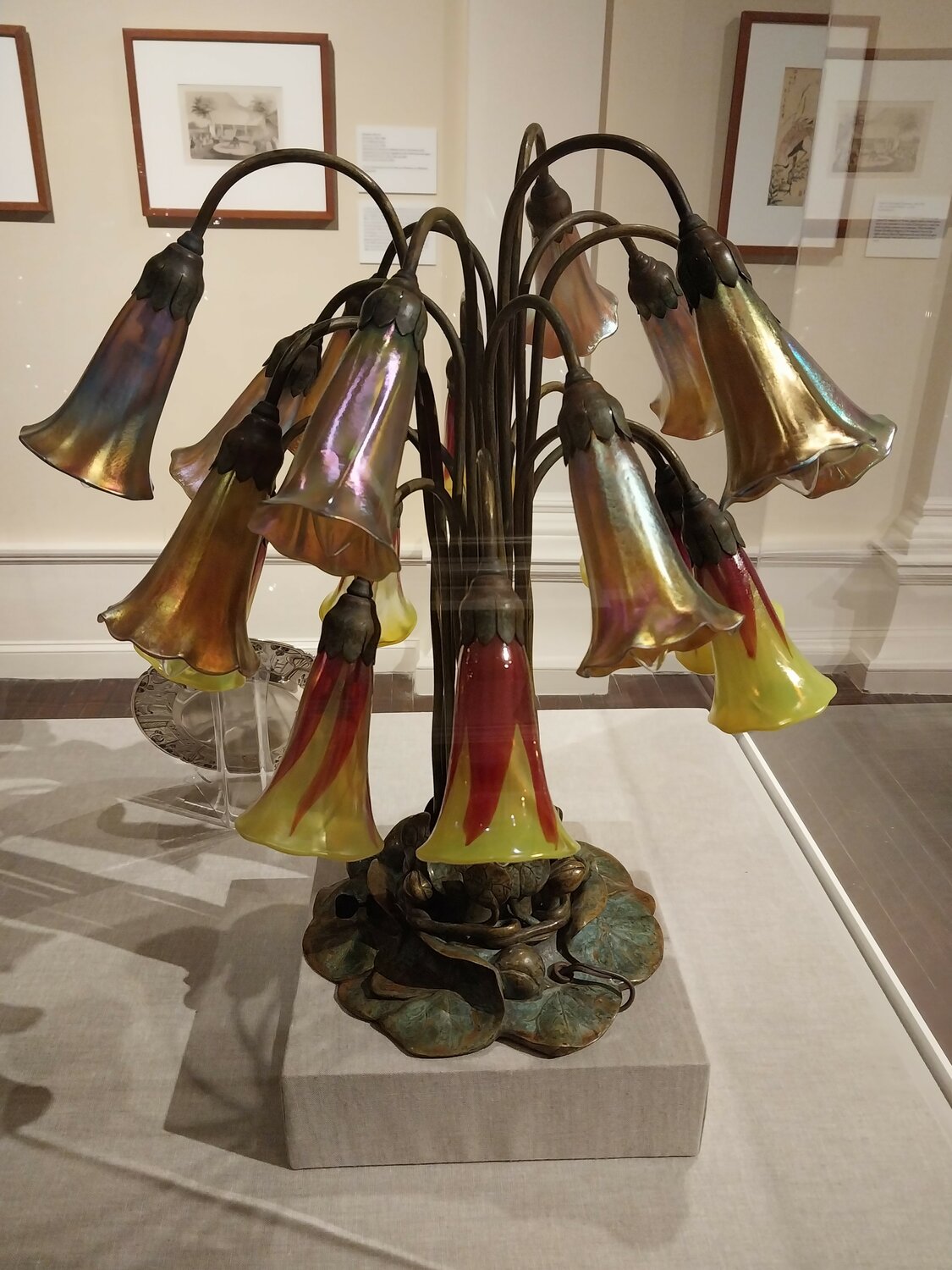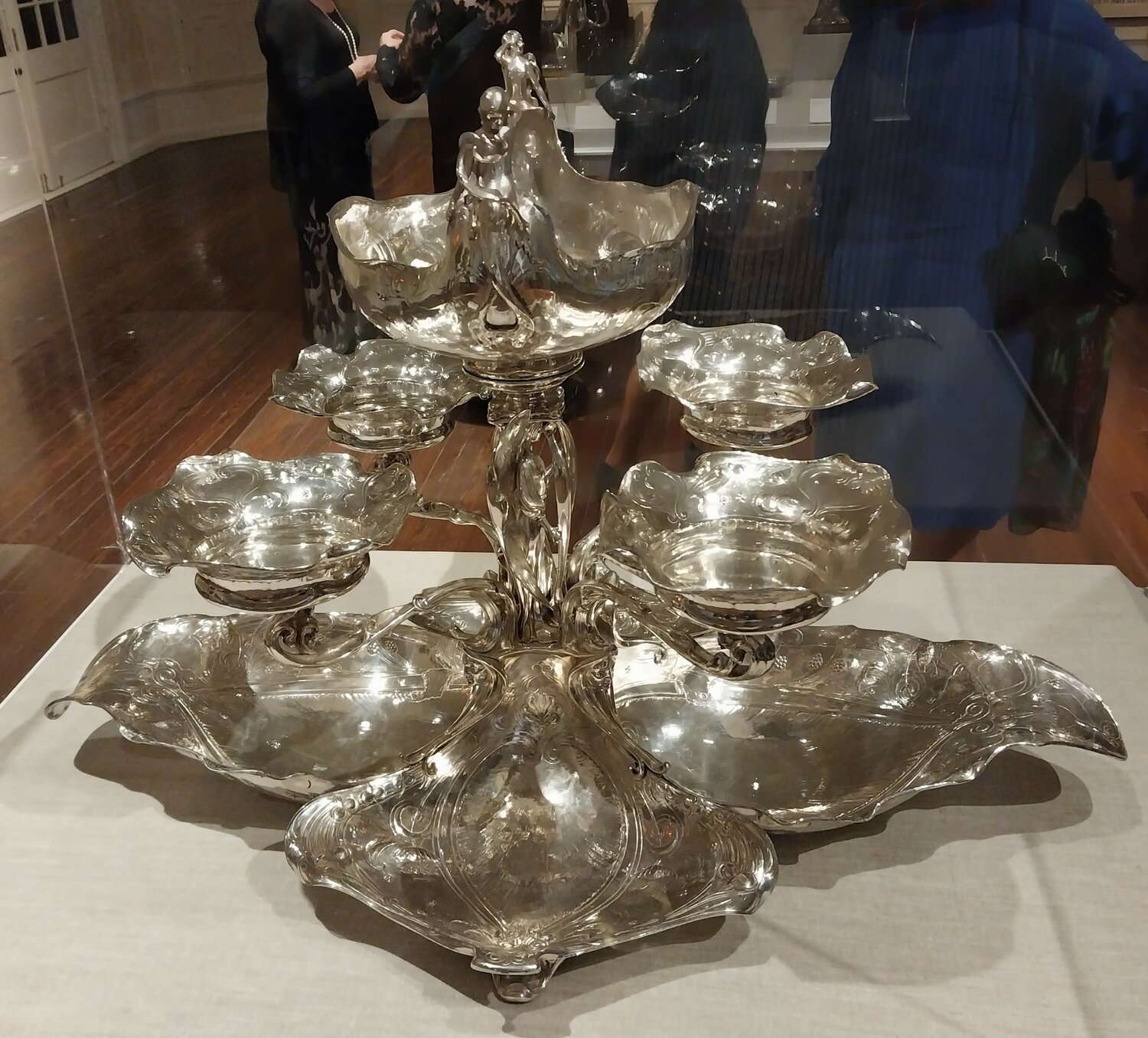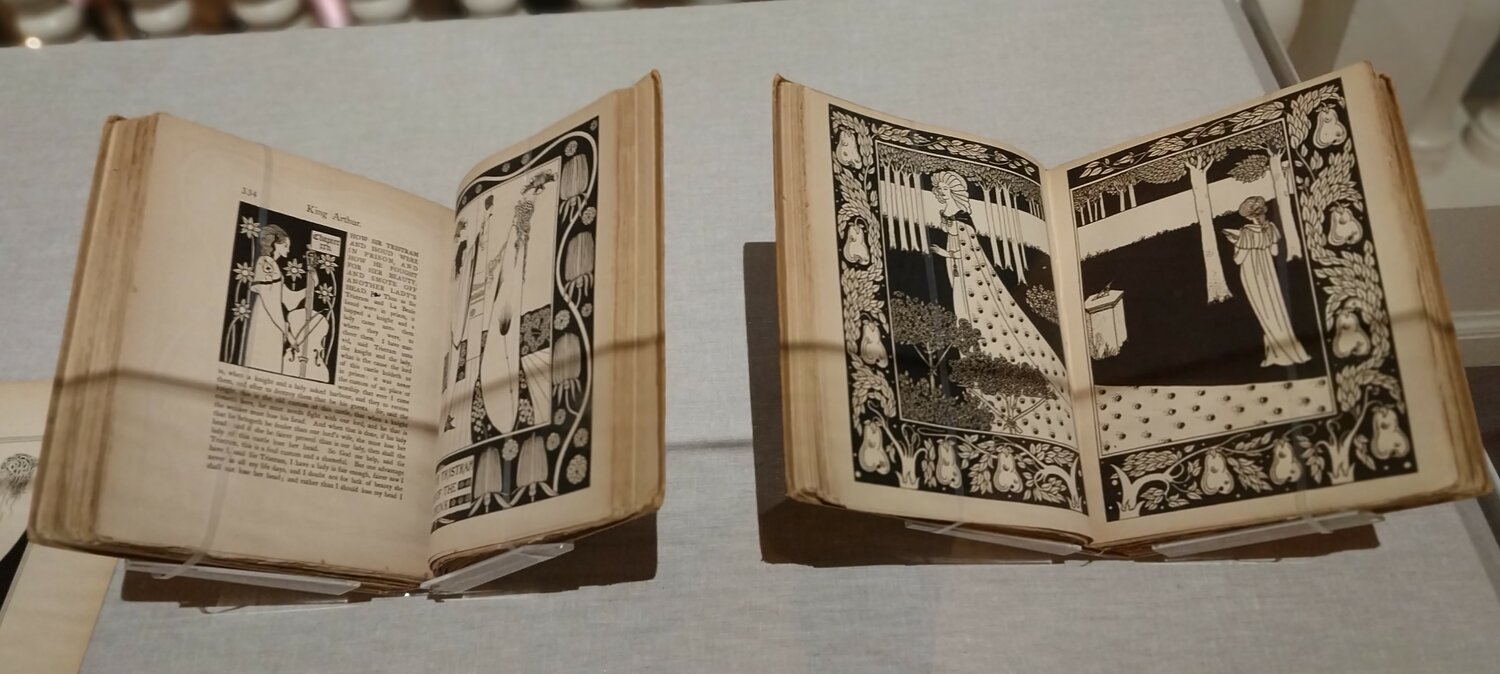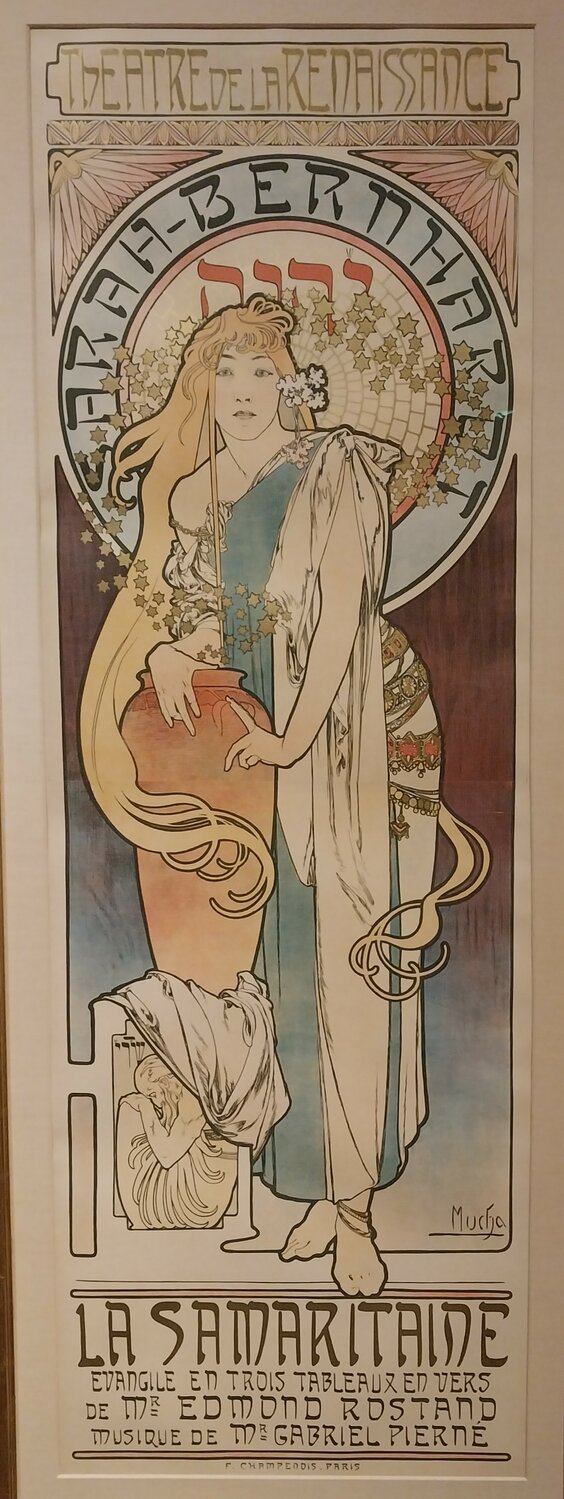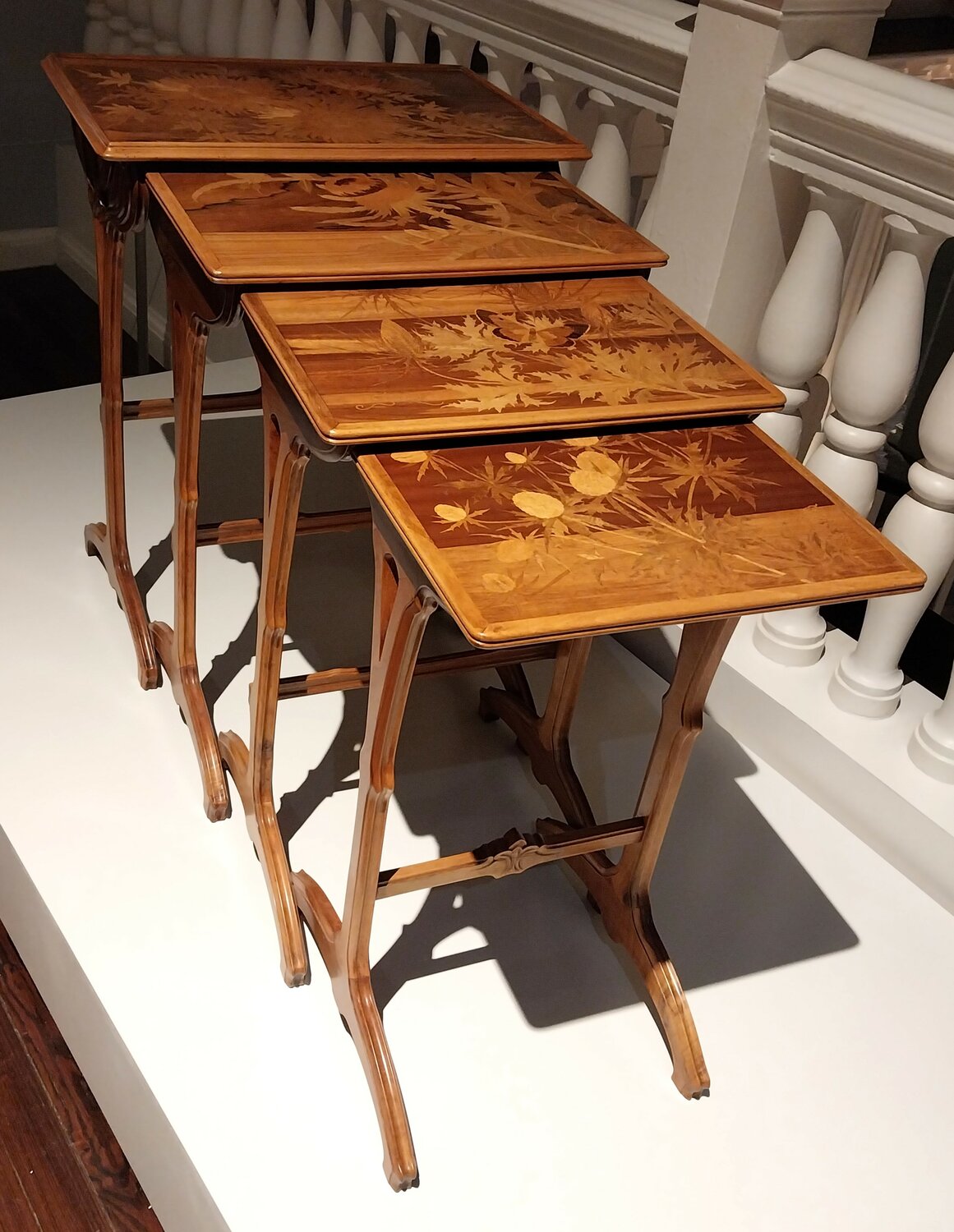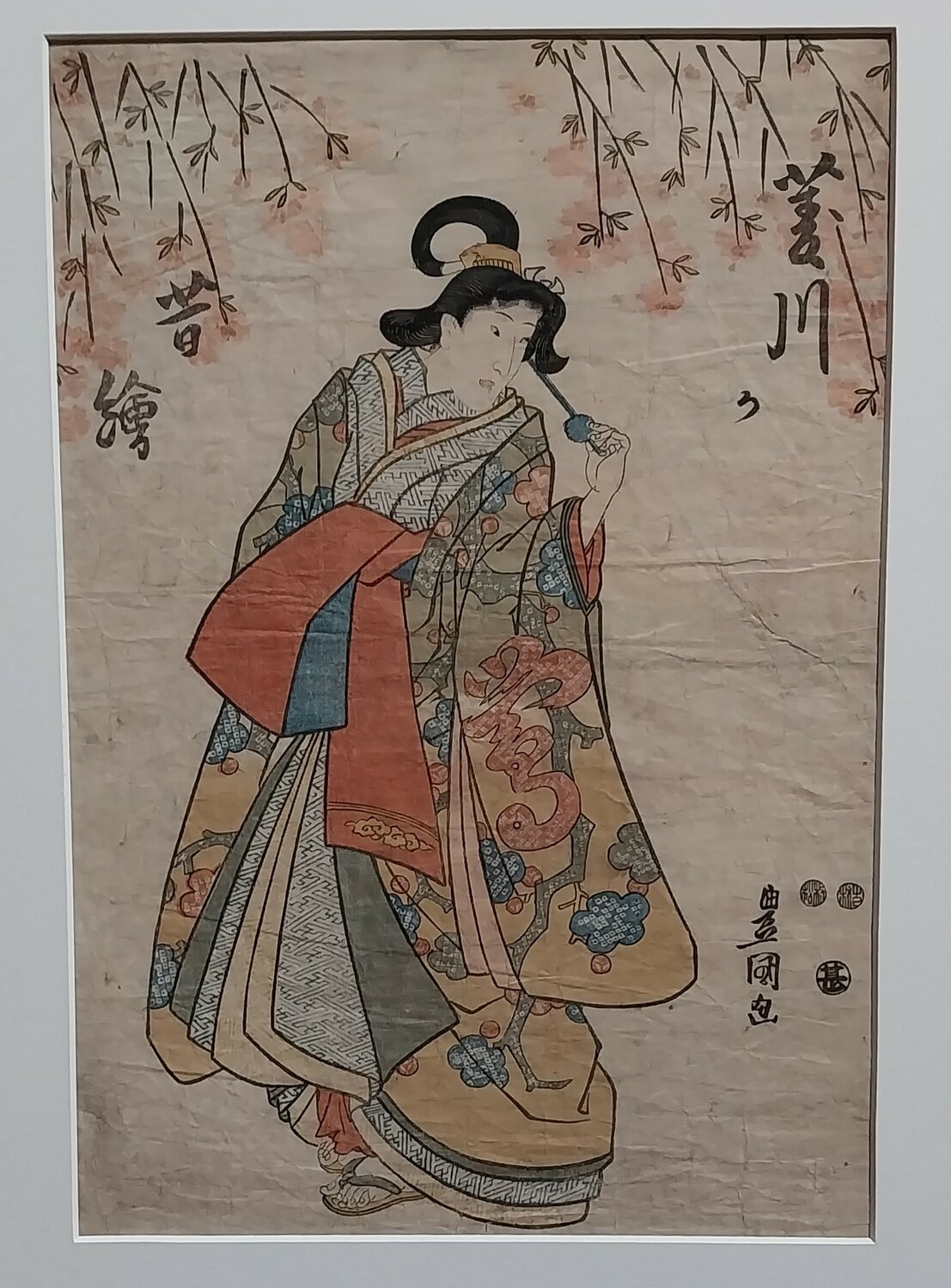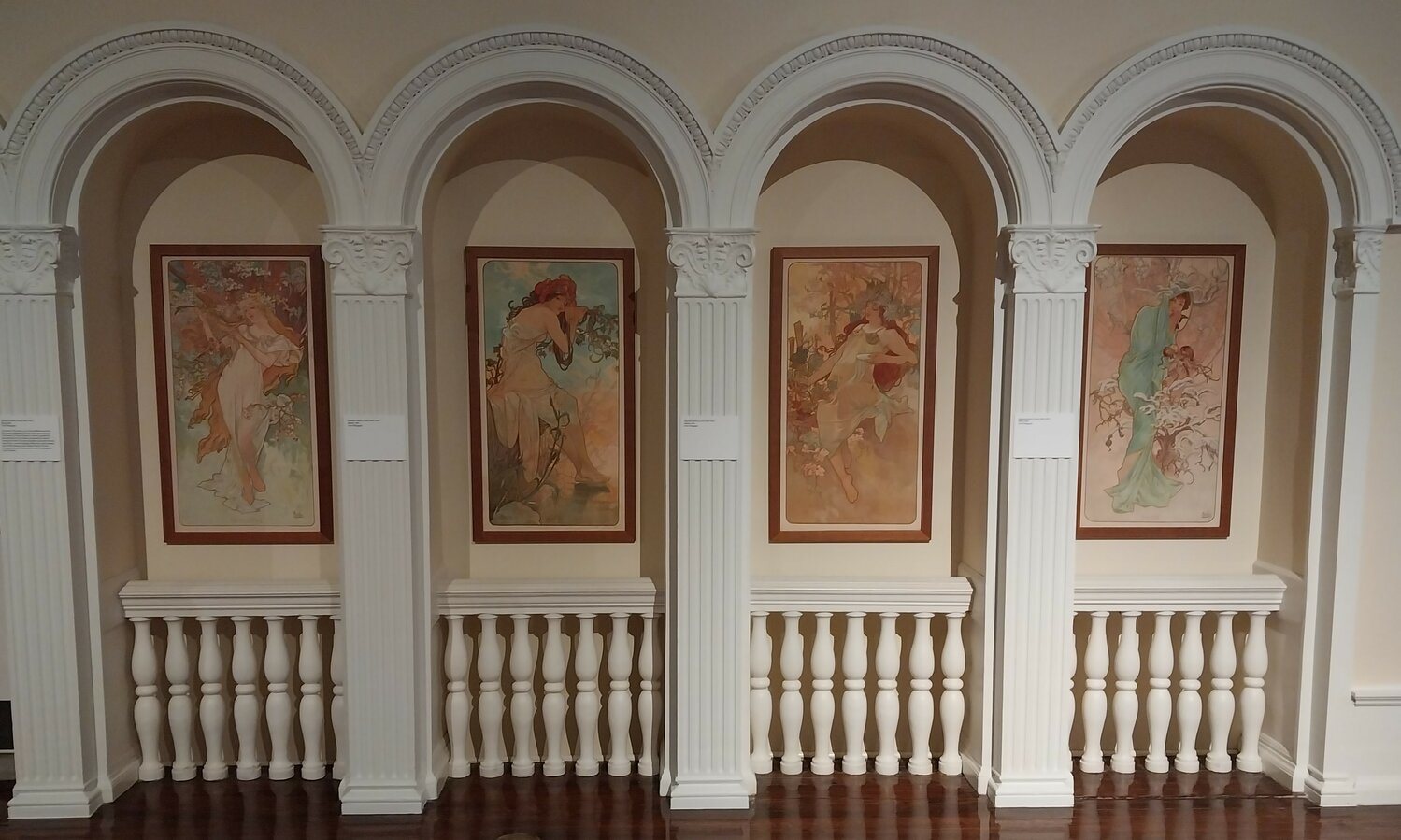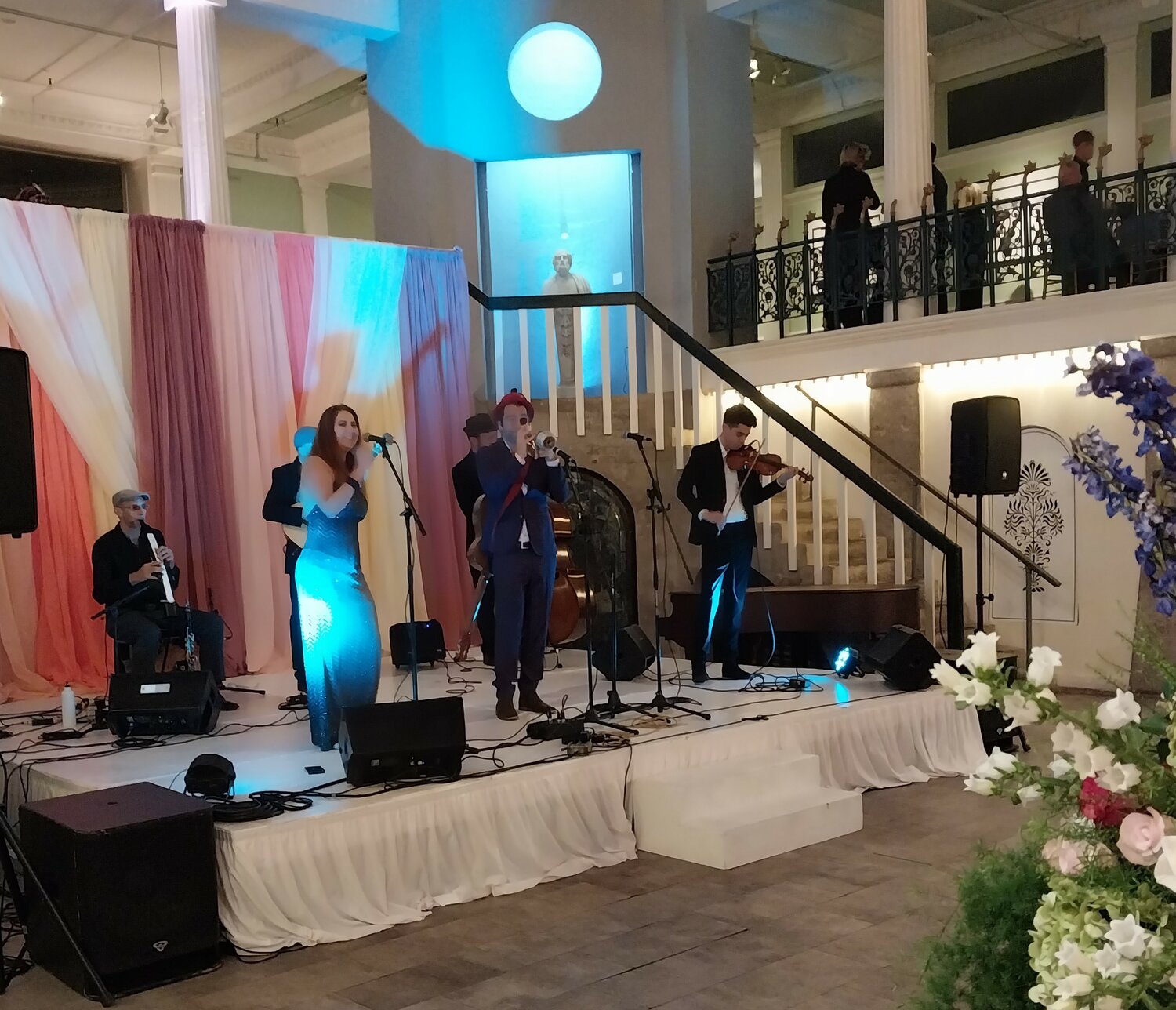Lightner Museum hosts major Art Nouveau exhibition
‘The Triumph of Nature’ runs through March 15
The Lightner Museum is completing its 75th anniversary celebration with a major touring exhibition, “The Triumph of Nature: Art Nouveau from the Chrysler Museum of Art,” which will run through March 15.
The exhibit features a remarkable selection of ceramics, furniture, glass, jewelry, paintings, posters, prints, sculptures and textiles from one of the largest Art Nouveau collections in the United States. Most of the approximately 120 pieces are from the Chrysler Museum of Art in Norfolk, Virginia, though some are from the Lightner collection, and a few others are on loan from the Richard H. Driehaus Collection in Chicago.
“I think it’s great for our museum community, for the City of St. Augustine, for St. Johns County, for Northeast Florida to be able to bring these types of exhibitions that you normally see in bigger cities,” said Lightner Museum Executive Director David Bagnall.
This is the museum’s ninth and final exhibit marking its 75th anniversary, with 2023 on track to see record attendance. The museum expects to welcome 100,000 visitors by year’s end.
Something new
“The Triumph of Nature” occupies the entire Grand Ballroom Gallery on the third floor. When many of the pieces in the exhibit were being created, the building housing the Lightner Museum was still Henry Flagler’s new Alcazar Hotel.
“Art Nouveau was this incredibly vibrant art movement that originated in Europe around 1890,” said Bagnall. “It spread throughout Europe to the U.K., to America. And it kind of burned brightly until around 1914 with the outbreak of the First World War. It’s exactly contemporary with the heyday of our historic building. So, [the exhibit] was a good fit for the Lightner Museum.”
Art Nouveau was an attempt by artists and designers to reconnect with nature during the Industrial Revolution when the Western world had shifted from an agrarian society to a more mechanized one.
In their celebration of beauty and nature, artists, architects and designers abandoned the styles of the Victorian era and produced works rich in sinuous lines, stylized organic forms and bold asymmetric compositions.
“Everything you find in this exhibition across all media is really influenced and inspired by the natural world,” Bagnall said.
Of course, that wasn’t the sole focus for individual pieces, but it is a defining theme. Thus, many of the pieces contain floral or faunal motifs. Flowers, birds, butterflies and dragonflies are typical. Tendrils and vines are incorporated into much of the period’s works. One of the pieces, a harp-shaped glass-paneled cabinet made in Italy includes a stalk rising along one side to an open sunflower at the top. Other furniture in the exhibit are crafted with edges, feet and handles in idiosyncratic shapes.
Occident and Orient
As Art Nouveau spread beyond its birthplace in France, change came to the Far East where traditional artistic styles were found to be compatible with the new movement in the West.
In 1854, American Commodore Matthew Perry’s naval flotilla had compelled Japan to engage in international trade, weakening the centuries-long rule of the Tokugawa Shogunate. This collapsed, bringing about the end of traditional patronage that commissioned the empire’s artists and artisans.
But 14 years later, the Meiji Restoration returned the emperor to power, and the arts flourished both there and abroad.
The participation of Japan in World’s Fairs got the attention of Western collectors, who were fascinated by Eastern artists’ use of asymmetrical compositions, decorative patterns, strong reliance on line and more. The focus of Japanese art on the natural world, often incorporating birds, flowers, landscapes and seasons, made it a natural fit for the new art movement in the West.
Some of the pieces in “The Triumph of Nature” are of period Japanese origin.
A Comfortable fit
While all of this was going on, Louis Comfort Tiffany was at the pinnacle of his career. He never used the term Art Nouveau to describe his style, but because his work was compatible with the movement it was promoted alongside creations of this new period.
Some Tiffany pieces are included in the Lightner show.
Nouveau no more
World War I marked an end of Art Nouveau.
The French city of Nancy, in the province of Lorraine, had been one of the birthplaces of the movement, but a major furniture factory there known for incorporating the new style was heavily damaged by artillery. Those who crafted these pieces were sent off to battle or to work in industries supporting the war effort. At the same time, the luxurious Art Nouveau style seemed irrelevant amid the horrors of war, exotic materials used in the pieces became too expensive and the market for luxury goods fell off.
A new art movement appeared in place of Art Nouveau. Art Deco, a product of the machine age, was dominated by geometric shapes and straight lines, supplanting the natural forms of the pre-Great War era.
A few pieces of this style are included in the Lightner show.
Art of preservation
Most of the pieces in “The Triumph of Nature” are from the onetime personal collection of Walter P. and Jean Outland Chrysler.
Walter Chrysler Jr., heir to the Chrysler automobile fortune, was an avid art collector. In 1971, he and his wife pledged their 25,000-piece collection to the Norfolk Museum of Arts and Sciences in Norfolk, Virginia.
The museum was renamed the Chrysler Museum of Art. Upon the deaths of Walter and Jean Chrysler, those items in their personal collection in their home — the Art Nouveau pieces in this exhibit — entered the museum bearing their name.
‘The Triumph of Nature’
The Lightner Museum has been planning the exhibit for about three years, and it is the first venue on the tour, arranged by Washington, D.C.-based International Arts & Artists. “The Triumph of Nature” is indicative of the Lightner’s recent efforts to increase the number and quality of its exhibitions.
Four large Art Nouveau posters are on loan from the Richard H. Driehaus Collection, which Bagnall worked with while living in Chicago.
The museum hosted an opening for the exhibit on Nov. 17 with craft cocktails from The Treasury on the Plaza, hors d’oeuvres served by Chef’s Garden and live music by Miami’s French Horn Collective.
The Lightner Museum is located at 75 King St. in St. Augustine. It is open 9 a.m. to 5 p.m. seven days a week, 363 days a year.
For information, call 904-824-2874, email info@lightnermuseum.org or go to lightnermuseum.org.


